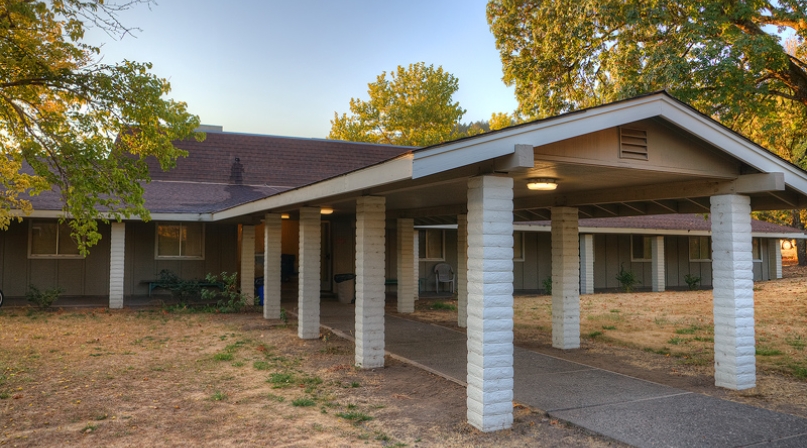Wine country cultivates affordable housing

Napa County keeps wine country agricultural workers in mind while crafting affordable housing policy
With large swaths of protected agricultural land, not too far from the San Francisco Bay area, Napa County, Calif. is in a tough place when it comes to housing affordability. Wine country is a beautiful place to visit, but a hard place to live.
Particularly as the county’s economic base diversifies beyond just wine, the demand for housing stretches beyond the growing season to create year-round pressure on the lower end of the real estate market. Much of the housing that would otherwise be perfect for workers is owned as second homes and occupied sparingly, further pressuring the market.
“Napa County has challenges related to zoning — period — not just affordable housing,” said Molly Rattigan, deputy county executive. “The tourism industry generates jobs, and those jobs are well-paid but still they’re on the lower side of the income scale. As housing becomes more scarce, finding a place to live and helping those that work in those industries is a real challenge for us.”
Zoning and strict preservation rules limit the land for multi-family homes, further exacerbating the problem for the low- and medium-wage workforce. That kind of housing is restricted to incorporated areas. Napa County has been focusing on three programs to help people who work in the county live near their jobs.
The county’s worker proximity housing program offers a 10 percent down payment for families making up to 120 percent of area household median income with at least one family member working in the county. It’s a silent second mortgage, due 55 years after the purchase of the house, upon sale or refinancing of the mortgage.
“It’s not a gift, but we’re trying to help the workforce have additional funds to get them in the door of purchasing a home,” Rattigan said.
The program chooses applicants based on need and the miles saved from their commutes. Once selected, applicants work with a realtor to find housing within 20 miles of their workplace
Over 11 years, the county has provided loans to 120 families and has loans outstanding to 120 more, from a $5 million initial investment by the county in 2007. Repayments of the loans has gradually increased funding for the program.
The county also maintains an affordable housing fund, fed by a fee levied on construction projects development, which matches cities’ respective affordable housing funds. In 2017, $6 million from the county has contributed to the construction of 200 affordable housing units.
“When you build something, it creates service needs and those service needs require employees,” Rattigan said. “Those employees need a place to live.”
For farm workers, typically at the county’s famous vineyards, year-round housing is less in demand, but short-term, flexible, safe and affordable housing is exactly what they need. That was apparent in the late 1990s when workers, many migrant agricultural workers, were sleeping in cars because they couldn’t afford a place to live for 6–9 months. That has motivated Napa County to proactively plan affordable housing assistance programs.
“They were living on the river, they were living in their cars, they were living in unsafe, unhealthy ways, that’s when the industry and the county really stepped up to do something,” Rattigan said.
Since 2001, the local vineyard owners, through an established community services area, have taxed themselves to fund creation and maintenance of three worker housing buildings, each supporting 60 people.
The tax on vineyard land yields $500,000, at $15 per acre — owners increased the tax last year to keep up with inflation and expenses. On top of shelter, the housing includes access to medical care and English language resources, along with three meals a day. The country contributes $250,000, and employers generally cover the $14 daily fee.
“Napa County is known for its fine wines and beauty, but all of that starts because somebody puts their hand on the fruit,” Rattigan said. “That’s where we get an economy and a base, so it’s very important we take care of our agricultural workforce.”
Attachments
Related News

House Passes Historic Outdoor Recreation Legislation
The U.S. House passed the bipartisan EXPLORE Act (H.R.6492) on April 9 to boost outdoor recreation opportunities on public lands and aid local economies

Counties offer a second chance after incarceration
From job fairs and housing programs to educational opportunities, counties offer a second chance after incarceration.

